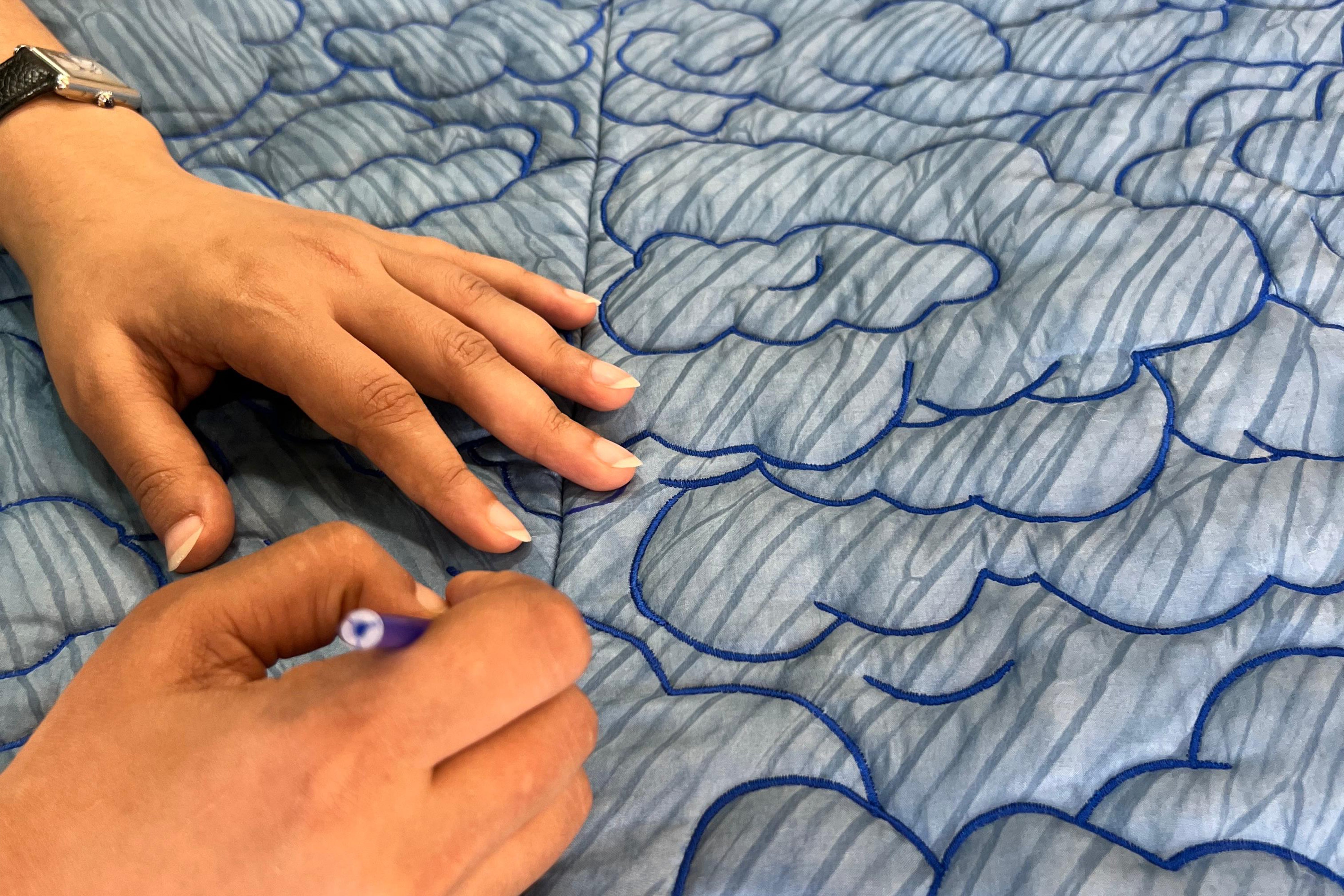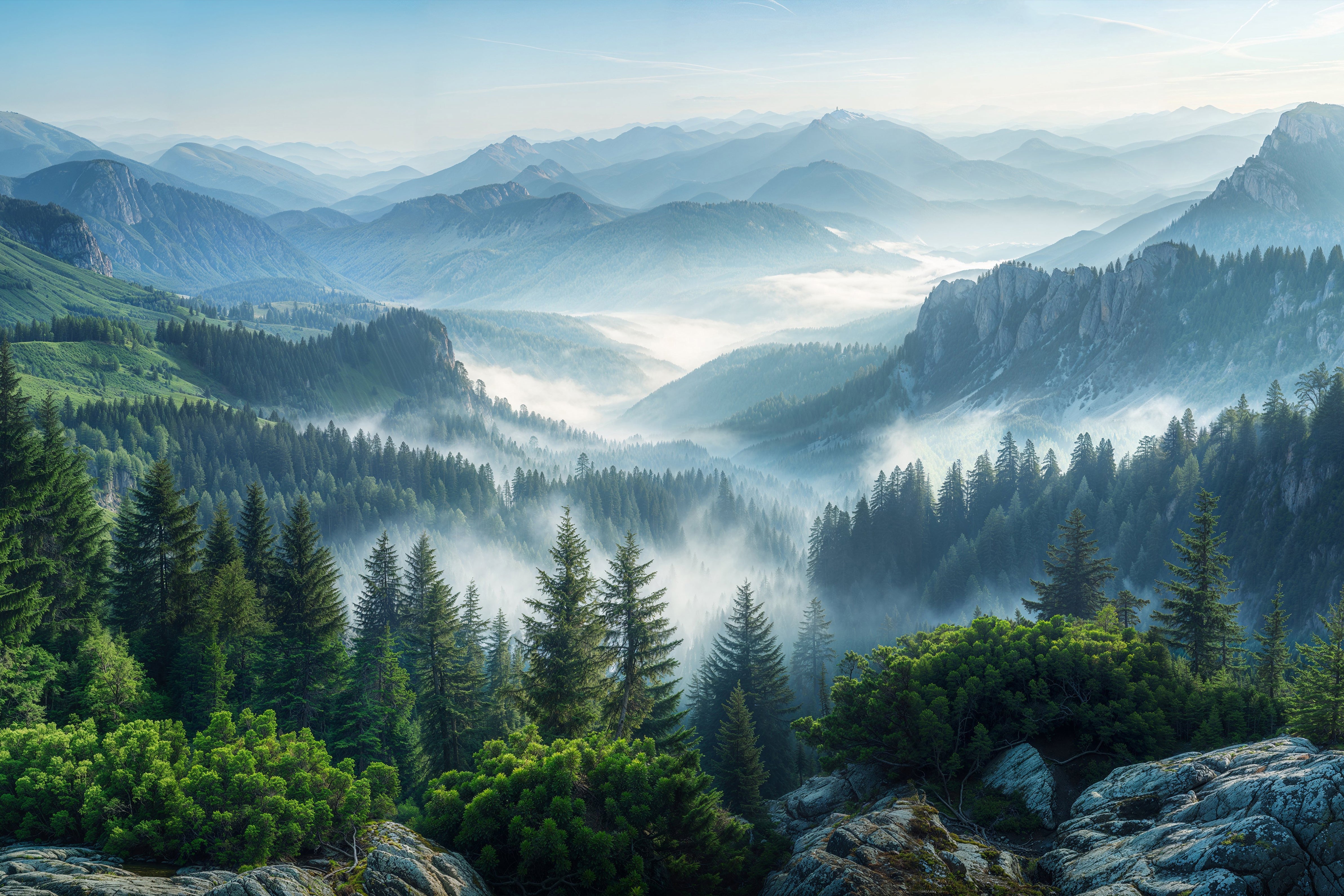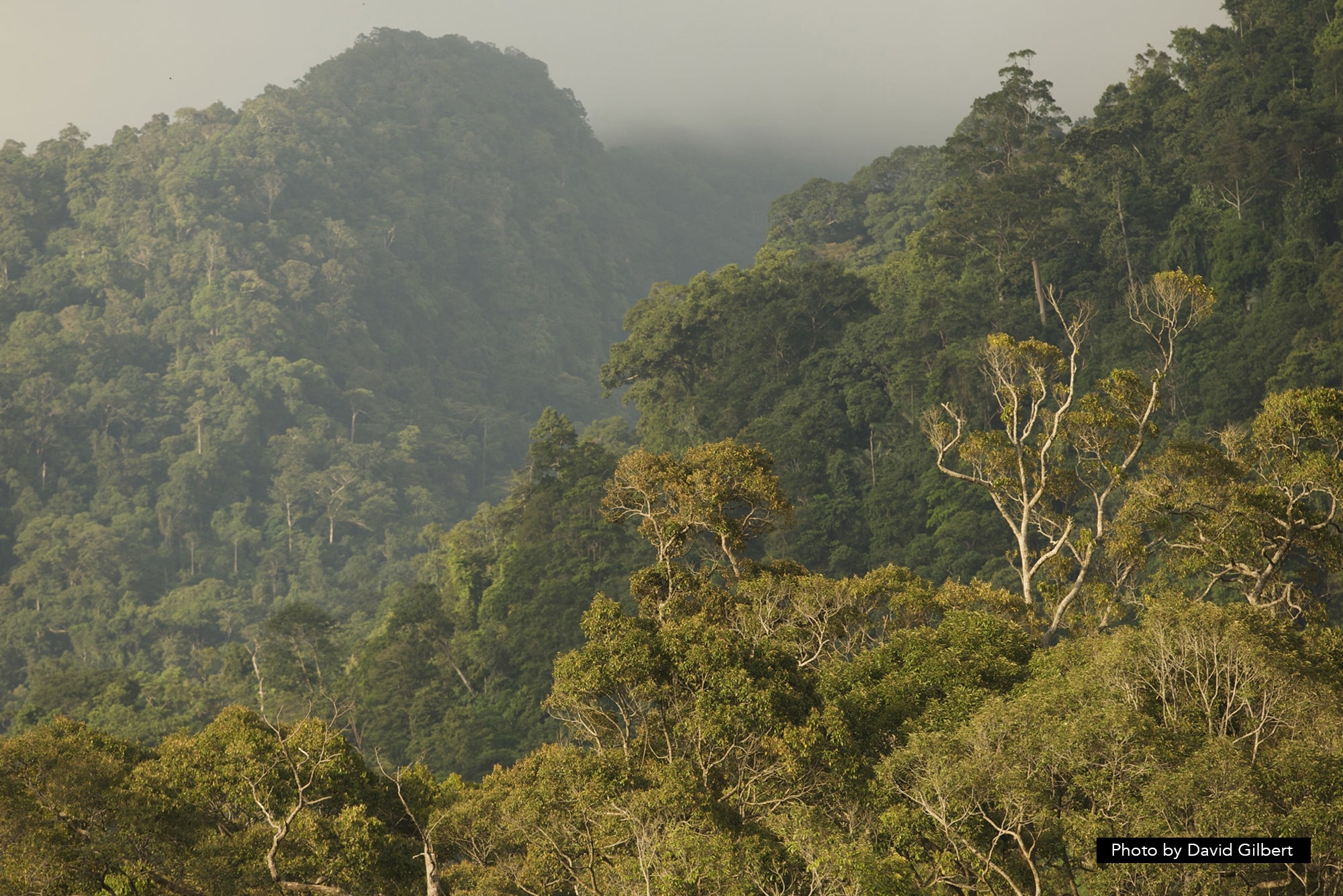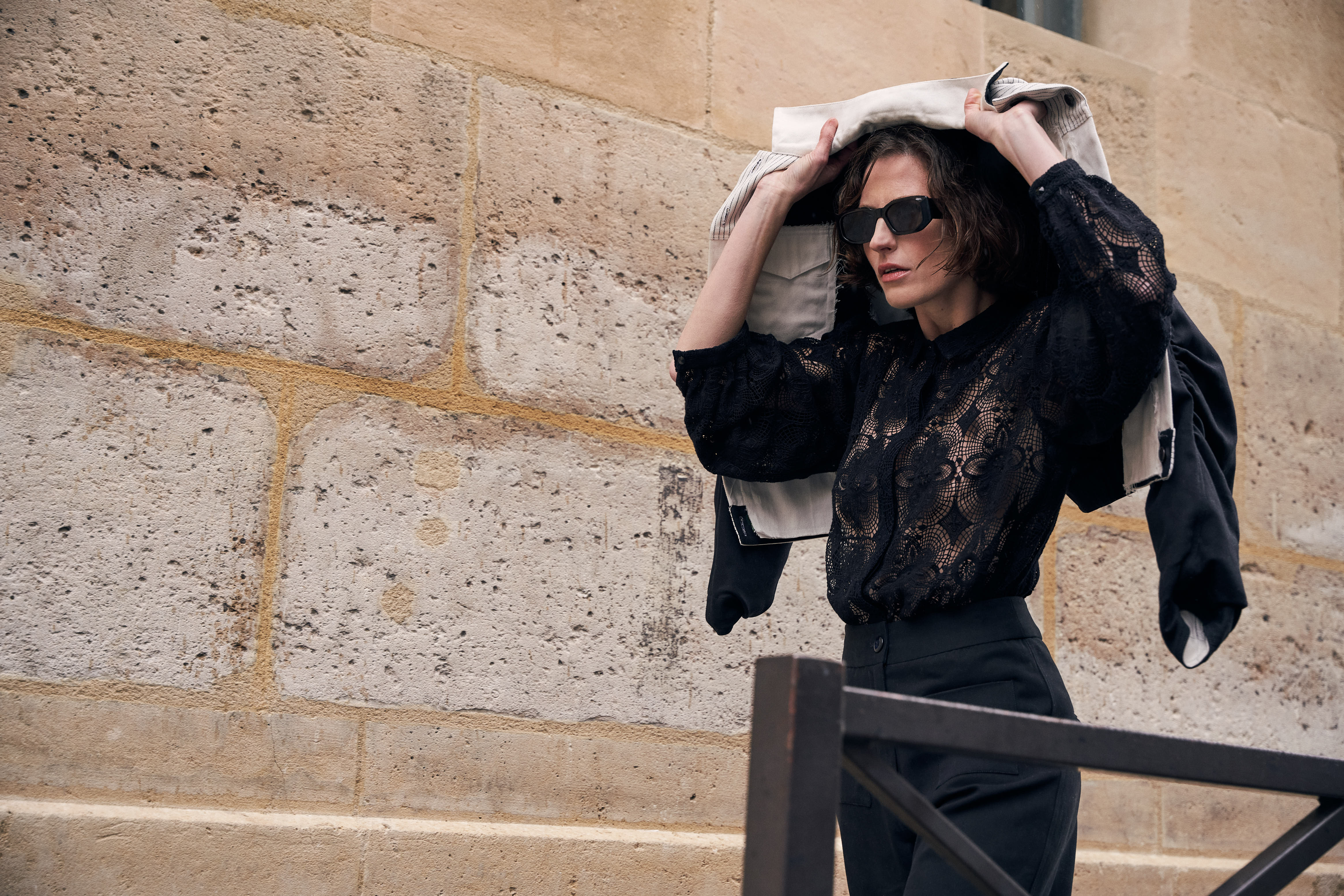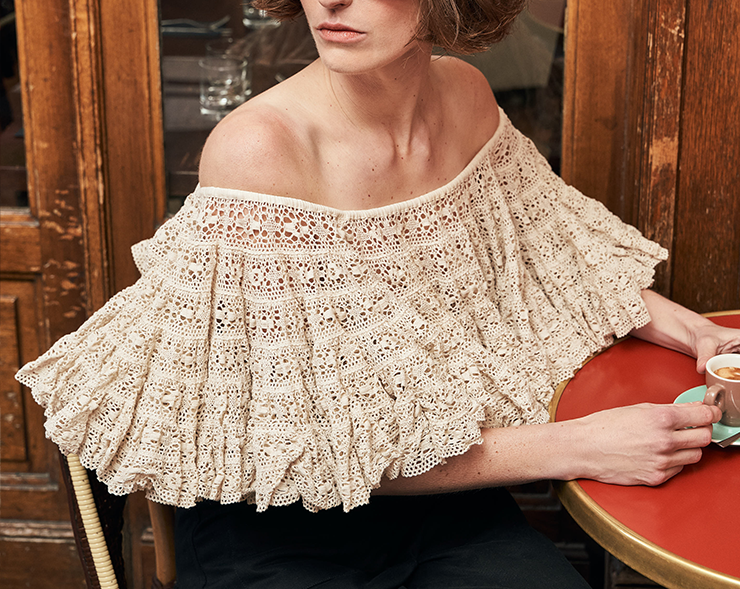 Bernard Plossu Levanzo, 1988. Courtesy Galerie Camera Obscura & Galerie du Jour Agnès b.
Bernard Plossu Levanzo, 1988. Courtesy Galerie Camera Obscura & Galerie du Jour Agnès b.
In the fall of 1987, photographer Bernard Plossu and his wife, photographer Françoise Nunez, experienced an extraordinary emotional shock when they discovered the small islands off of Naples (Procida, Capri, Ischia, Ponza). For both of them, setting foot on these small islands after summer ( hence the title “dopo l’estate” - “after summer”), was the emotional shock we experience when we find a place with which you immediately feel is home - not only visually or physically. The couple felt intimately connected to the people, to the culture, to the rhythm of life on these pebbles in the shadow of the Stromboli volcano. It is the discovery of a happy life. Life can be not only good but sweet, gentle, beautiful, peaceful, in harmony with the Universe.
 Bernard Plossu Stromboli, 1987. Courtesy Galerie Camera Obscura & Galerie du Jour Agnès b.
Bernard Plossu Stromboli, 1987. Courtesy Galerie Camera Obscura & Galerie du Jour Agnès b.
For the next 30 years, Plossu and his wife would return over and over again to their paradise - Lipari, Filicudi, but mostly Alicudi, and the islands in the Thyrrenian sea, the Aegadian islands (Levanzo, Marettimo, Utica) and the Tremiti islands.
This archipelago was the home for the love the photographer feels for his wife. “For Plossu, life and photography are inseparable, " said their friend and art critic Walter Guadagnini. “One does not exist without the other, just like there is no Bernard without Françoise, like there is no Bernard without Italy.” In the beautiful forewords to Plossu’s book about these islands, L’Odyssée des Petites Iles Italiennes, (Textuel publishers), Guadagnini calls it “an infinite love”.
Life on the islands - the fishermen coming with their catch of the day, the village markets, the bustle of life on the village square where everyone knows everyone, the joyfulness of the inhabitants - inspires the photographer who, through his images, celebrates the gracefulness of the Italian soul. Surprisingly enough, the volcanic character of some of these landscapes bring Bernard Plossu back to another happy part of life with Françoise in the American West, in Arizona, in particular.
 Bernard Plossu Stromboli, 1987. Courtesy Galerie Camera Obscura & Galerie du Jour Agnès b.
Bernard Plossu Stromboli, 1987. Courtesy Galerie Camera Obscura & Galerie du Jour Agnès b.
These islands define the essence of Bernard Plossu’s philosophy about photography. In these landscapes, writes the Italian critic, Plossu can fully express his unending quest for the ordinary - the angle of a house, a light in the distance in the night, an old automobile, the sign above a café, the silhouette of a hill, someone’s gesture. And through the ordinary, Plossu creates a world of enchantment. He is the magician, transforming life into pure beauty.
That’s why, in these troubled times, nothing could be better for the soul and for the heart to see his 2 exhibitions and read his book on his life on these last bastions of joy.
~Jean-Sébastien Stehli

Bernard Plossu, Ustica, 1988. Courtesy Galerie Camera Obscura & Galerie du Jour Agnès b.
Bernard Plossu. Dopo L’estate. La Fab. Until December 22. la-fab.com
Bernard Plossu. L’Odyssée des Petites Iles Italiennes. Ed. Textuel
Françoise Nunez & Bernard Plossu. Les Voyages Mexicains. Institut Culturel du Mexique. Until Jan. 23, 2025. gob.mx

